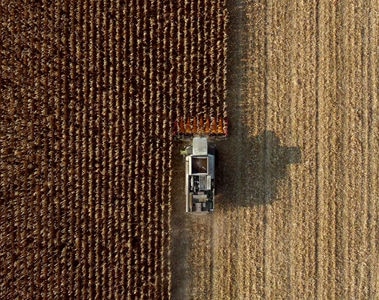
DID YOU KNOW? Not all mycotoxins can be bound by binders
15 Dec 2025
Technical Services Manager, Lan Zheng, shares what you need to know about binders and mycotoxins, and it may surprise you.
Since 2004, the BIOMIN Mycotoxin Survey annual research analyzes thousands of agricultural commodity samples (corn, wheat, barley, rice, soy, silage and finished feed, etc.) from across the world as part of the PROcheck mycotoxin risk management warning system to identify the occurrence of mycotoxin-related risks to swine, poultry, beef and dairy cattle. Check out this video featuring Chasity Pender, poultry technical manager, to learn more about the mycotoxin survey and the importance of mycotoxin sampling.
Trouble viewing this video? Watch it now on YouTube.
17 March 2025

15 Dec 2025
Technical Services Manager, Lan Zheng, shares what you need to know about binders and mycotoxins, and it may surprise you.

20 Oct 2025
In the September issue of The Digest, we provided an overview of some of the stressors and scenarios that influence the risk for mycotoxins in crops. As harvest progresses throughout the Corn Belt, we will continue to source samples and begin to characterize 2025 contamination as part of our annual mycotoxin survey. This article will dig deeper into the environmental conditions which occurred this growing season and use those observations to predict what contamination might look like within the 2025 corn crop while we patiently wait as our survey dataset grows.

15 Sep 2025
Variable = one good word to describe planting and growing conditions for the 2025 crop year. This is true across the country and applies within locations too as variable temperature and precipitation patterns have occurred this year. Realistically, that’s not that unusual but it seems like more places have gone from one extreme to the other since spring. The USDA recently released record yield projections (188.8 bushels per acre) and increased acres of corn planted to the highest acreage since 1937. Despite the record production projections, there are rumblings from the field about disease pressures in various areas which could limit the potential for a record harvest. Mycotoxins can occur even when yields are good. So, what mycotoxins could we expect in new crops knowing conditions have varied and there is disease out there? This article is the first in a series sharing insights into potential mycotoxin contamination patterns in the 2025 corn crop.